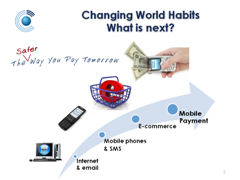
How telcos can win with SMBs: Strategies for success
The SMB market offers an attractive opportunity for telcos, but given historical difficulties in this space, what can telcos do now to be successful? This report explores key SMB product and channel strategies, as well as the supporting capabilities that telcos must invest in to win with SMBs.





